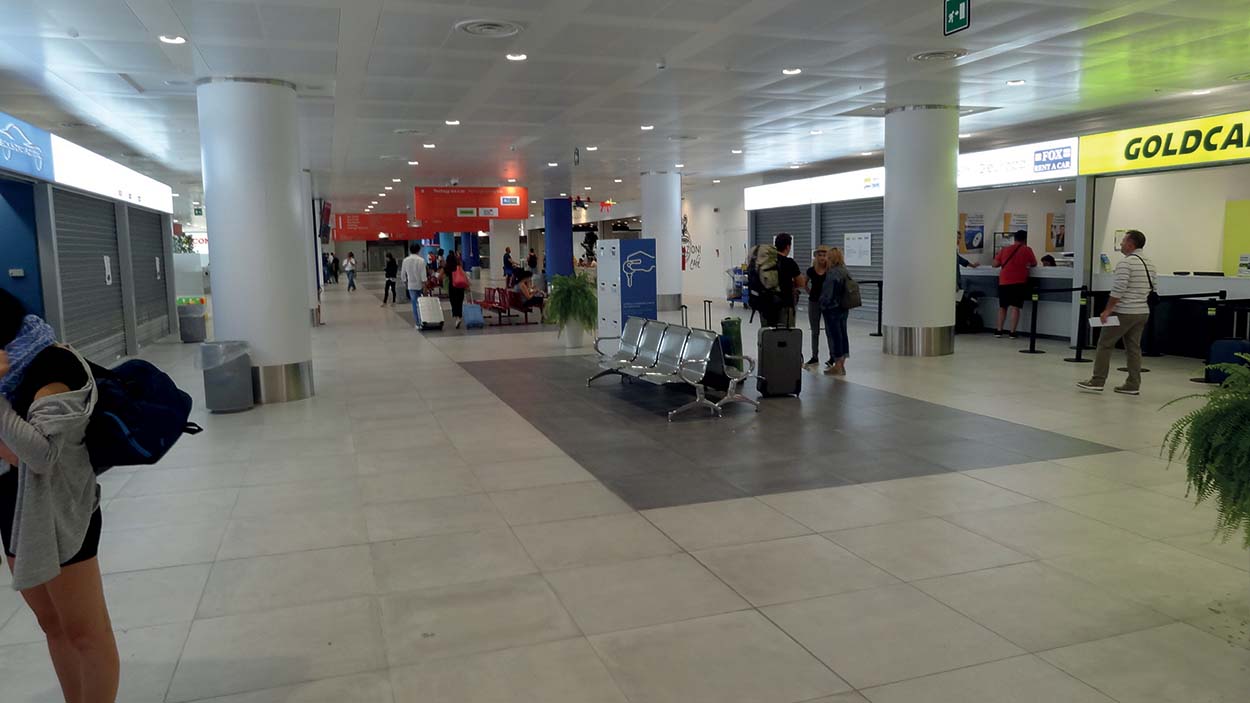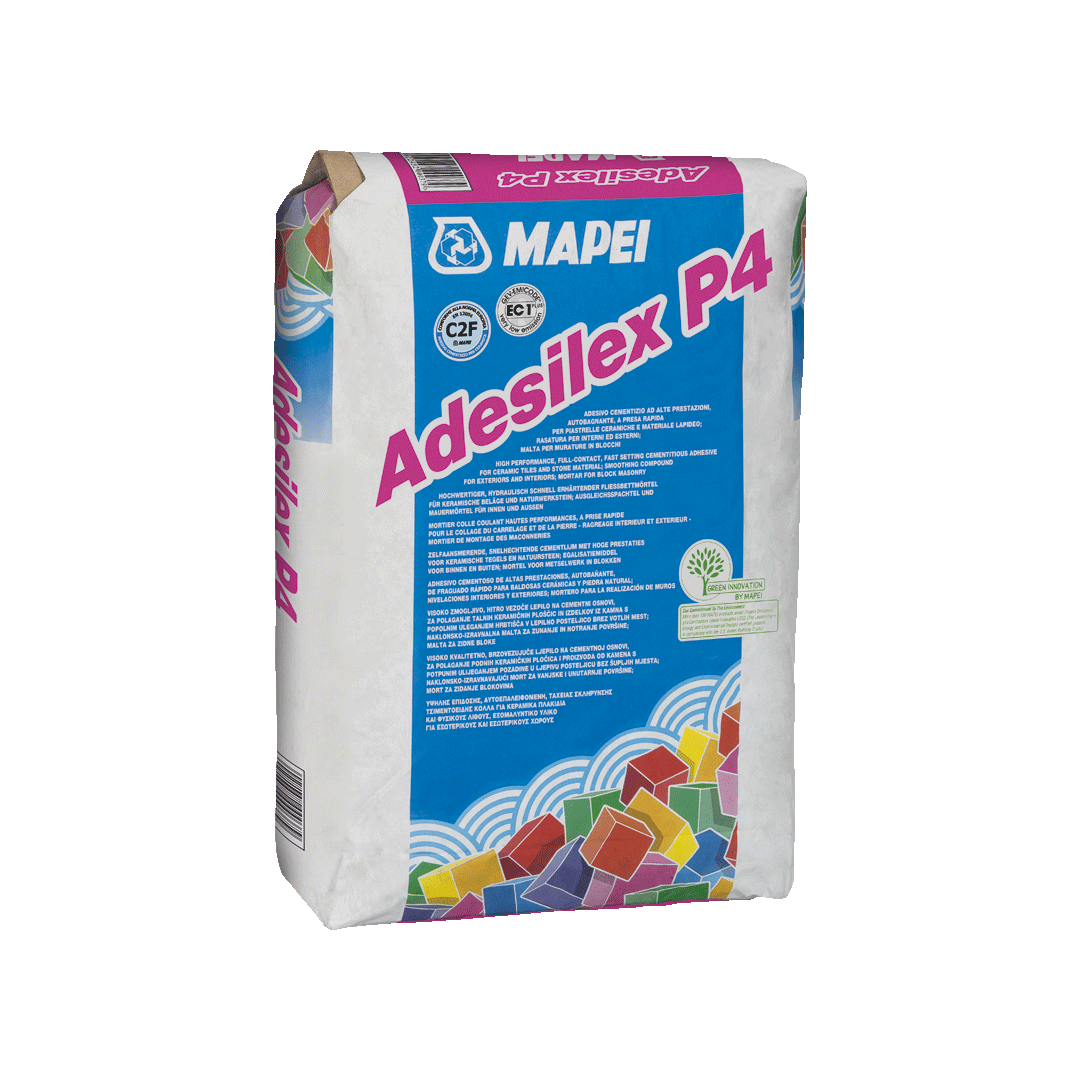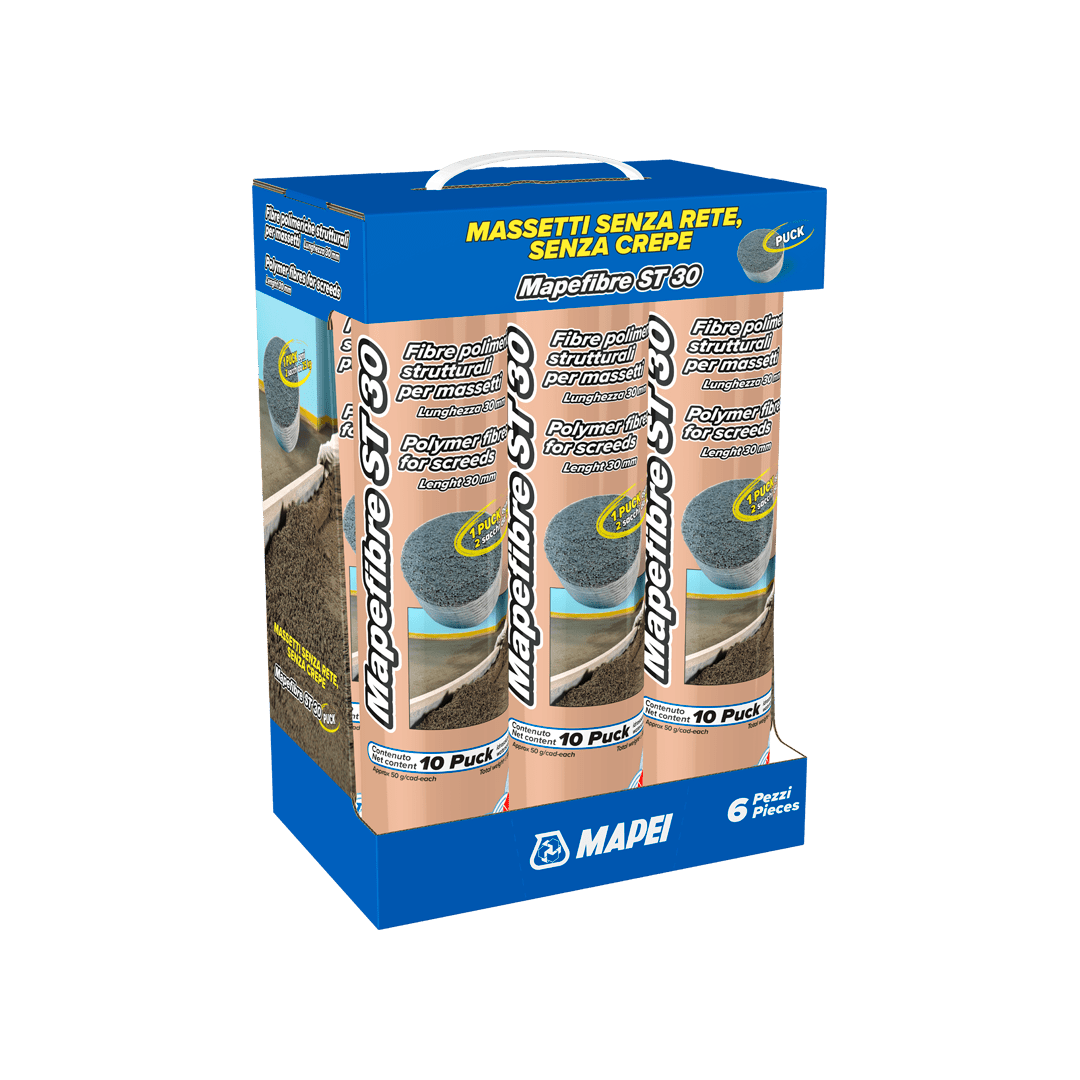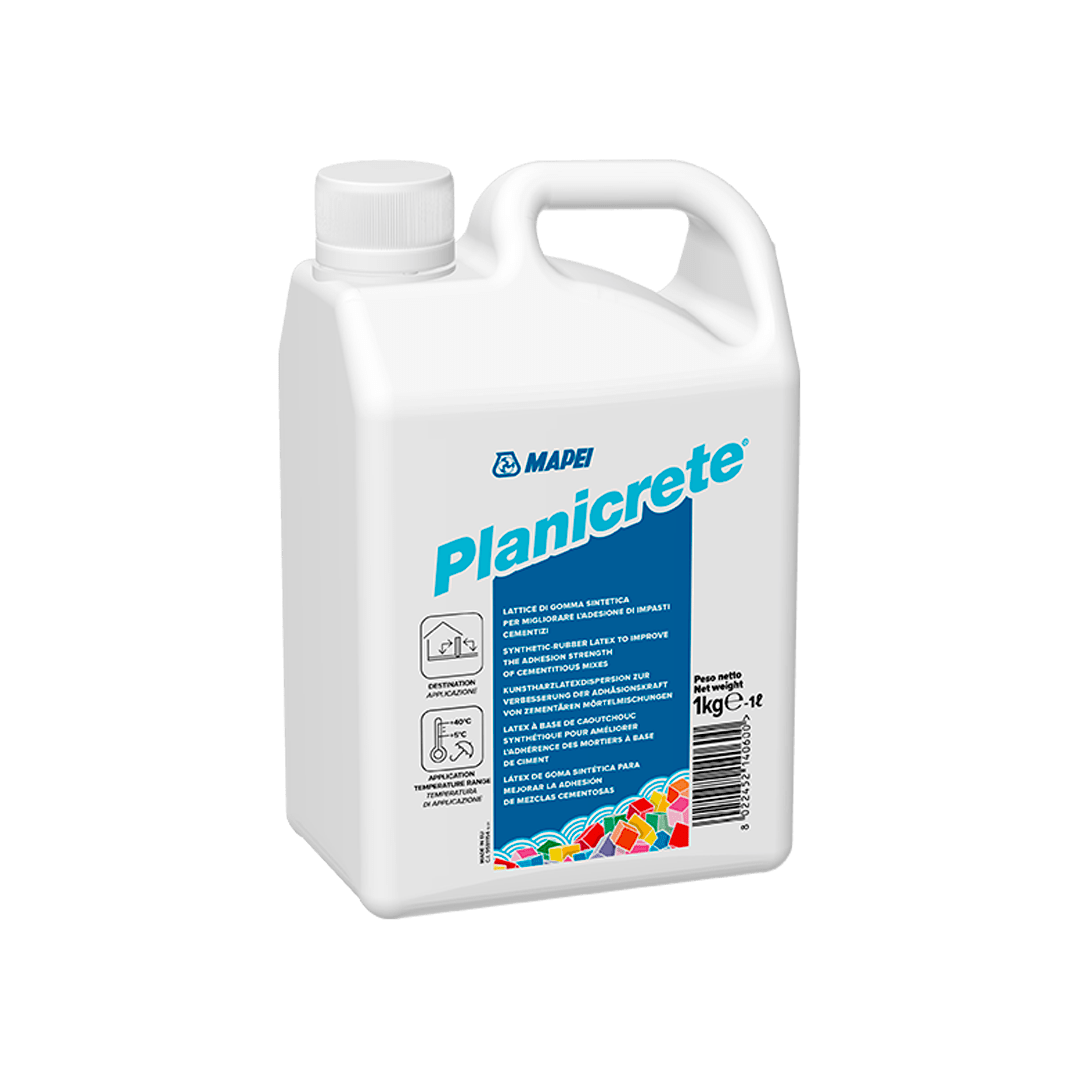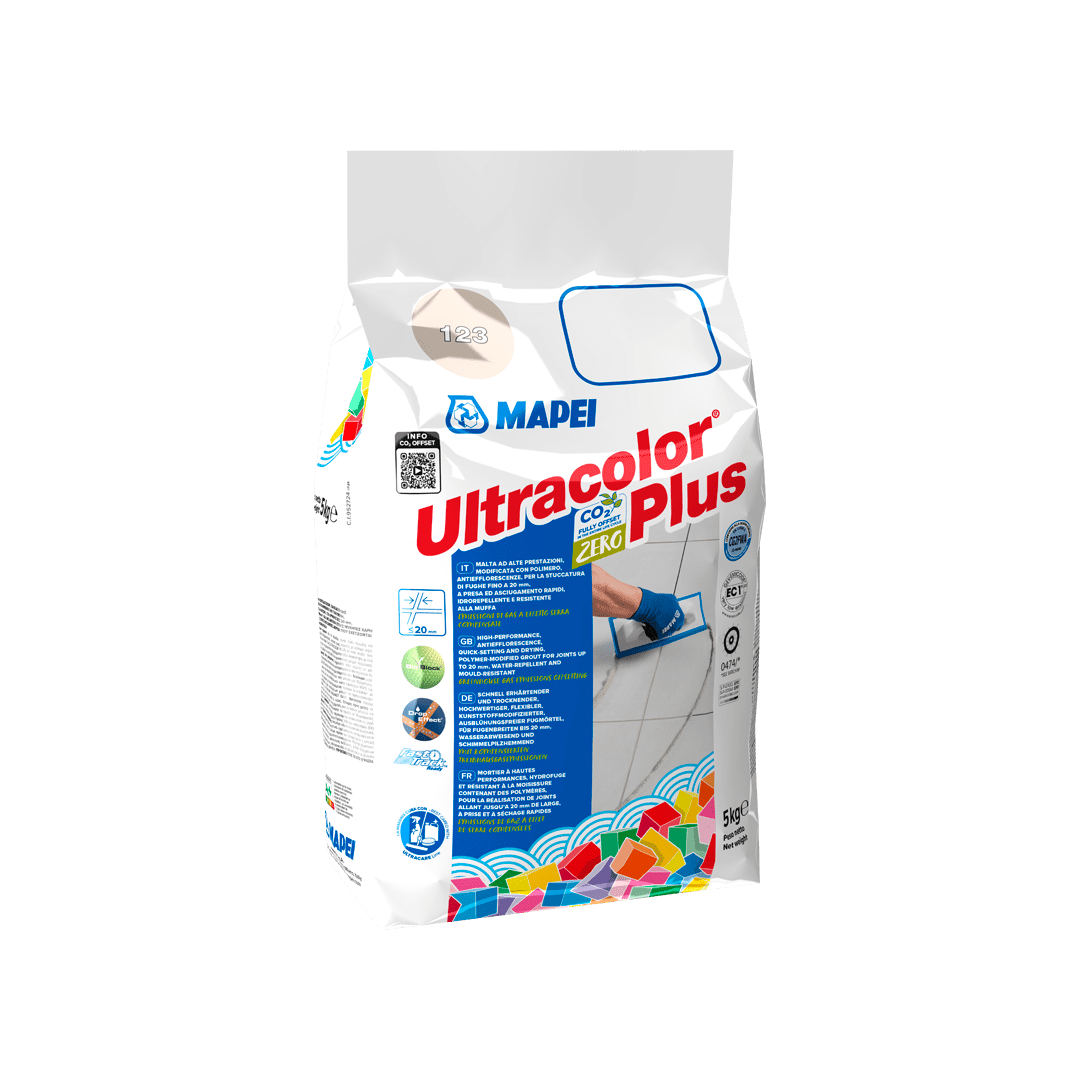
Falcone-Borsellino International Airport
Bonding porcelain floors in the new passenger area in Palermo.
Bonding porcelain floors in the new passenger area in Palermo.
Palermo airport is the tenth most important in Italy and, after the airports in Catania and Naples, the third most important in the south of Italy. Every day it connects the capital of the island of Sicily with major airports in Italy and Europe, as well as serving inter-continental routes and a considerable number of charter flights.
In the last few years Ges.a.p, the company that runs the airport, has put a development plan into action that includes increasing the security measures in the terminal, extending the waiting and departure areas, lengthening the second runway, creating thousands of new parking spaces and improving the access roads to the airport.
FIRST CAME THE SCREED
Within the framework of these upgrading measures, a new passenger area was built earlier this year (over a total area of around 4,000 m2), which was handed over last July after around two months of work. The technical specifications for the work required the use of a high performance, full contact adhesive to bond large-size porcelain floor tiles (80cm x 80cm).
The flooring company carrying out the work contacted Mapei Technical Services to request their assistance on site and to provide products that met the requirements of the client. Mapei recommended building a bonded screed so that the substrate would be as flat as possible before installing the tiles.
The first step was to spread a layer of bonding slurry on the surface made from TOPCEM normal-setting, rapid-drying, controlled-shrinkage hydraulic binder, PLANICRETE synthetic rubber latex and water.
Then, to make the new screed, which varies in thickness from 1 to 3 cm, the product recommended was TOPCEM PRONTO ready-to-use, normal-setting, controlled-shrinkage mortar for quick-drying screeds, classified CT-C30-F6 A1fl according to EN 13813 standards.
To make the screed stronger, 30 mm long MAPEFIBRE ST30 structural polymer fibres were added to the mix. These fibres may be used either in combination or, in certain cases, instead of conventional metal reinforcement.
After spreading the mix, cuts were made in the surface to form joints over an area of around 12 m2.
After 4 days, which are absolutely essential in order for the screed to dry and reduce its residual moisture content, the next step was to choose the most appropriate adhesive according to the indications in the technical specifications.
CHOOSING THE RIGHT ADHESIVE
The Works Director decided to test several adhesives: apart from adhesives from competitors, KERAFLEX MAXI S1 and ADESILEX P4 by Mapei were also tested. After a series of tests ADESILEX P4 high performance, rapid-setting, full contact adhesive was the one chosen. ADESILEX P4 is recommended for floors subjected to heavy traffic and is suitable for large-size ceramic tiles, which means they can be installed in complete safety. Not only does this adhesive have excellent workability, but it also guarantees rapid setting.
Mapei Technical Services suggested installing the large-size tiles using the back-buttering technique. The special characteristics of the adhesive allowed the flooring company to complete the work within the time allocated, in spite of the delays accumulated during the previous interventions.
The joints were grouted with ULTRACOLOR PLUS high-performance, anti-efflorescence, quick-setting and drying polymer-modified mortar with water-repellent DropEffect® and mould-resistant BioBlock® technology. This is a class CG2WA mortar according to EN 13888 standard, recommended for joints between 2 and 20 mm wide.
The flooring company then created a network of expansion joints in the floor, inserted MAPEFOAM closed-cell, extruded foam polyethylene cord into the joints and then filled them with MAPEFLEX PU45 paintable polyurethane sealant.





